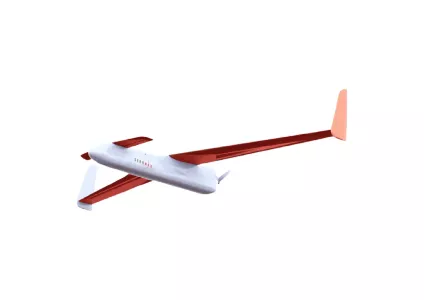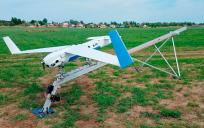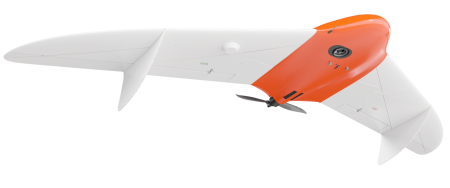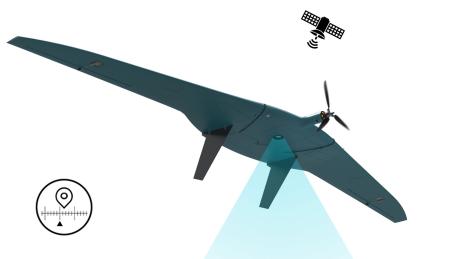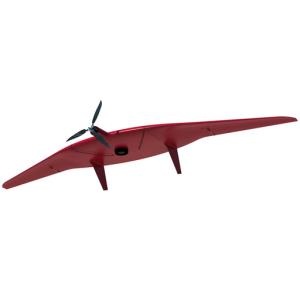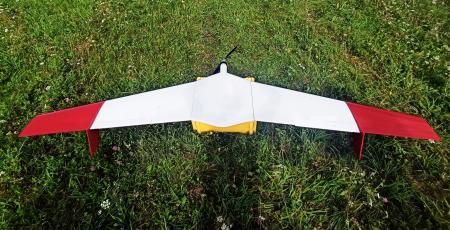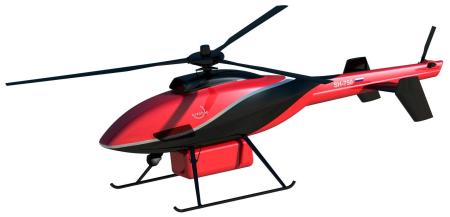AEROMAX D 20 fixed wing UAV
Краснодар
and more
60 городов
Offer valid for the following list of cities:
Краснодар
Сочи
Красноярск
Владивосток
Ставрополь
Хабаровск
Архангельск
Астрахань
Белгород
Брянск
Владимир
Волгоград
Вологда
Воронеж
Иваново
Иркутск
Калининград
Калуга
Петропавловск-Камчатский
Кемерово
Кострома
Курган
Курск
Гатчина
Липецк
Магадан
Мурманск
Нижний Новгород
Великий Новгород
Новосибирск
Омск
Оренбург
Орёл
Пенза
Пермь
Псков
Ростов-на-Дону
Рязань
Самара
Саратов
Южно-Сахалинск
Екатеринбург
Смоленск
Тамбов
Тверь
Томск
Тула
Тюмень
Ульяновск
Челябинск
Ярославль
Москва
Санкт-Петербург
Биробиджан
Нарьян-Мар
Ханты-Мансийск
Анадырь
Салехард
Запорожье
Севастополь
Херсон
Category:
Special machinery manufacturer:
Model:
Condition:
New
Availability:
Not specified
#30019
Specifications
D-20 With the ability to fly at a distance of up to 1,000 km and an autonomy of up to 14 hours
The D-20 unmanned aircraft system with an internal combustion engine is designed to perform work on remote, extended facilities and large-area facilities. In 14 hours of flight, the D-20 is capable of covering more than 1,000 km. The D-20 UAS includes:
an unmanned aerial vehicle (UAV). Made according to the aerodynamic scheme "duck";
a power plant based on a 40 cm3 internal combustion engine with a capacity of 3.7 hp, with a unique vibration-damping motor and a starter generator;
launcher with rubber shock absorbers;
ground control station (NSO).
With a full supply of fuel for flight, it can be equipped with a payload weighing up to 5 kg. The design of the UAV hull provides two compartments for accommodating payloads, which makes it possible to apply several loads simultaneously. Payload options:
high-resolution camera;
video surveillance system;
multispectral camera;
thermal imaging camera;
magnetometric equipment.
Maximum take-off weight up to 29 kg
Wingspan 4000 mm
Length 2000 mm
Payload weight up to 5 kg
Speed characteristics
The maximum flight speed is 45 m/s (160 km/h)
Cruising flight speed 22-26 m/s (80-90 km/h)
Tactical characteristics
The maximum flight duration with a payload of 1.5 kg is at least 14 hours.
The maximum duration of a flight with a payload of 3 kg is at least 10 hours.
The maximum duration of a flight with a payload of 5 kg is at least 8 hours.
The maximum flight range is 1000 km.
The maximum flight altitude is 4000 m
Launcher take-off mode
Parachute landing mode
Wind speed limit, no more than 15 m/s
Ambient temperature range from -30 to +40 °C
Unmanned aircraft systems of the airplane type have high performance due to the long duration, speed and altitude of flight. All these characteristics make them indispensable for collecting as much information as possible in one flight. They are ideal for flying over large areas and monitoring extended linear objects. A camera, a multispectral camera, a laser scanner, a UV direction finder, a thermal imager, and a radar can be used as a payload.
Classic fixed–wing aircraft-type UAVs usually require a catapult to launch, and a parachute to land; a site that is sufficiently unprepared in engineering terms for takeoff and landing.
However, in case of problems with the availability of the necessary infrastructure, our company is ready to offer its customers modified versions of this type of UAS. In particular, to offset the above difficulties, we also offer an aircraft-type UAS with the possibility of vertical takeoff and landing (VTOL). The aircraft-type UAS is a hybrid of a fixed-wing aircraft and a multicopter.
The D-20 unmanned aircraft system with an internal combustion engine is designed to perform work on remote, extended facilities and large-area facilities. In 14 hours of flight, the D-20 is capable of covering more than 1,000 km. The D-20 UAS includes:
an unmanned aerial vehicle (UAV). Made according to the aerodynamic scheme "duck";
a power plant based on a 40 cm3 internal combustion engine with a capacity of 3.7 hp, with a unique vibration-damping motor and a starter generator;
launcher with rubber shock absorbers;
ground control station (NSO).
With a full supply of fuel for flight, it can be equipped with a payload weighing up to 5 kg. The design of the UAV hull provides two compartments for accommodating payloads, which makes it possible to apply several loads simultaneously. Payload options:
high-resolution camera;
video surveillance system;
multispectral camera;
thermal imaging camera;
magnetometric equipment.
Maximum take-off weight up to 29 kg
Wingspan 4000 mm
Length 2000 mm
Payload weight up to 5 kg
Speed characteristics
The maximum flight speed is 45 m/s (160 km/h)
Cruising flight speed 22-26 m/s (80-90 km/h)
Tactical characteristics
The maximum flight duration with a payload of 1.5 kg is at least 14 hours.
The maximum duration of a flight with a payload of 3 kg is at least 10 hours.
The maximum duration of a flight with a payload of 5 kg is at least 8 hours.
The maximum flight range is 1000 km.
The maximum flight altitude is 4000 m
Launcher take-off mode
Parachute landing mode
Wind speed limit, no more than 15 m/s
Ambient temperature range from -30 to +40 °C
Unmanned aircraft systems of the airplane type have high performance due to the long duration, speed and altitude of flight. All these characteristics make them indispensable for collecting as much information as possible in one flight. They are ideal for flying over large areas and monitoring extended linear objects. A camera, a multispectral camera, a laser scanner, a UV direction finder, a thermal imager, and a radar can be used as a payload.
Classic fixed–wing aircraft-type UAVs usually require a catapult to launch, and a parachute to land; a site that is sufficiently unprepared in engineering terms for takeoff and landing.
However, in case of problems with the availability of the necessary infrastructure, our company is ready to offer its customers modified versions of this type of UAS. In particular, to offset the above difficulties, we also offer an aircraft-type UAS with the possibility of vertical takeoff and landing (VTOL). The aircraft-type UAS is a hybrid of a fixed-wing aircraft and a multicopter.
Fixed-wing UAVs
Wholesale prices
0 ₽
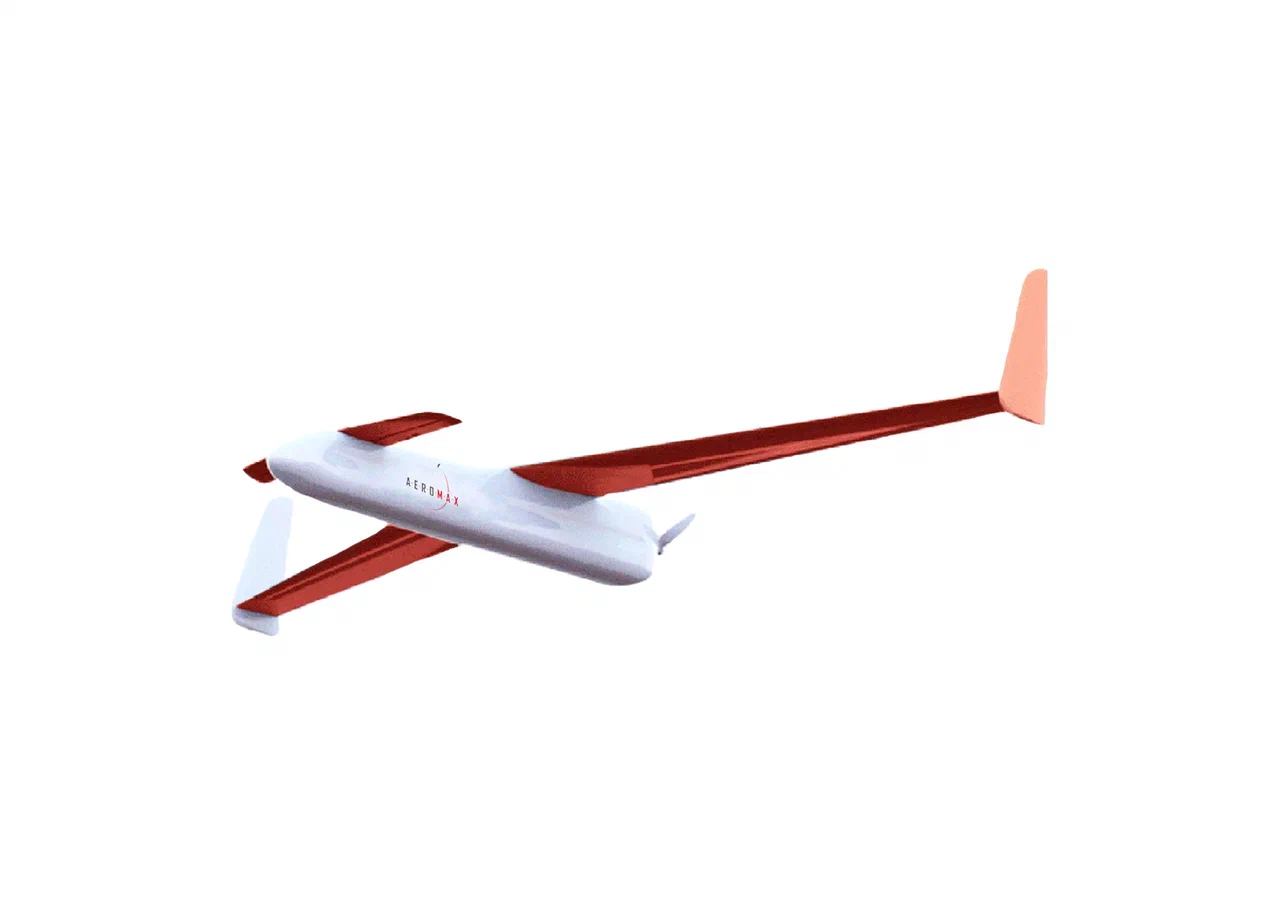
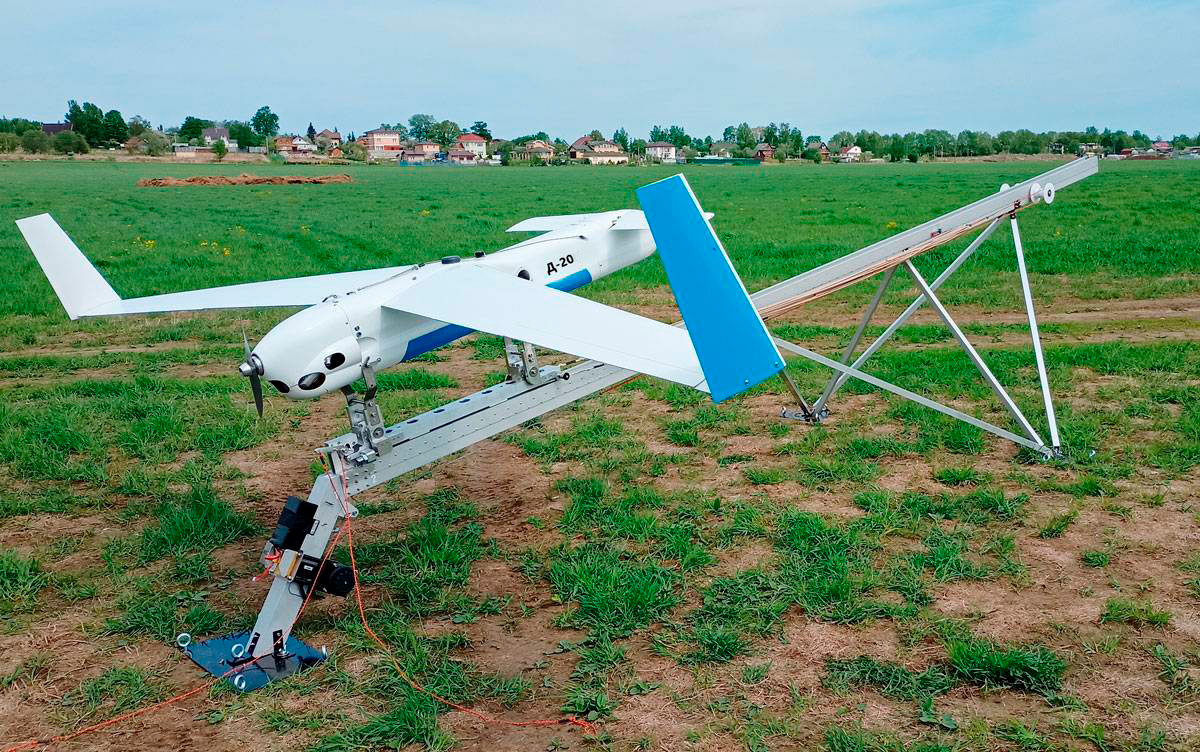
Email
Phone number
Connection will be made via internet - no charges apply. Microphone access required.
Leasing/Insurance
Adding to Favorites
Your comment:

